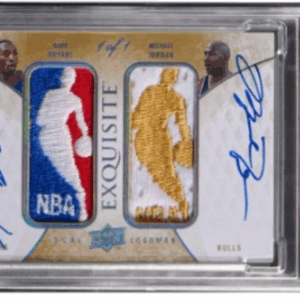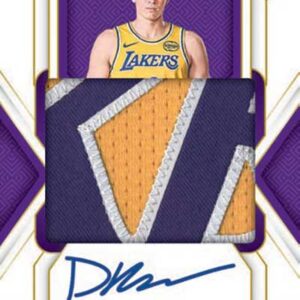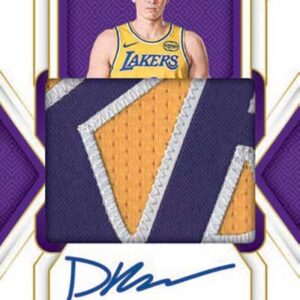In a universe where passion meets absurdity, the sacred realm of baseball collectibles has seen its fair share of jaw-dropping moments. But in recent times, few have been as headline-grabbing as the sale of Shohei Ohtani’s pants—or more accurately, a trading card featuring a sliver of fabric from those iconic trousers. An impressive $1.07 million was the figure dropped at Heritage Auctions for this peculiar piece, leaving fans and collectors both in applause and astonishment. So what’s behind this affinity for a piece of fabric that once adorned Ohtani’s frame? To understand this fervor, one must first appreciate the context behind these prized pants.
Shohei Ohtani, the Los Angeles Angels superstar and a modern marvel in Major League Baseball (MLB), etched his name in history by achieving the previously unthinkable: racking up 50 home runs and 50 stolen bases in a single season. This feat drew comparisons to legends like Babe Ruth and transcended the ordinary stats sheet into the annals of sporting greatness. Thus, the garments he wore on that fateful day when he made history against the Miami Marlins have transcended mere clothing to become relics of baseball lore.
And so it is that a piece of cloth, once modestly tasked with covering Ohtani’s form, now graces the carefully crafted surface of a Topps Dynasty Black card. This isn’t any run-of-the-mill memorabilia item—this card flashes Ohtani’s signature in resplendent gold ink, coupled with a dazzling MLB logo patch, literally pieced together from those legendary pants.
While fans might find the sale price of $1.07 million staggering, the allure stems from more than just celebrity hagiography. Ohtani’s feats have taken the sport into uncharted territory, and collectors are seizing every opportunity to own a tangible piece of the legend. The identity of the card’s buyer remains shrouded in secrecy, adding an air of mystery that only seems to enhance the card’s mystique.
This sale eclipsed Ohtani’s previous record for collectible trading pieces, dwarfing a $500,000 benchmark set for his rookie card from the 2018 season. A stark reminder, perhaps, that outstripping history may require more than just rookie accreditation—it demands an indelible moment.
Topps crafted not one but a series of unique cards to celebrate Ohtani’s milestone-making game, each telling a different chapter of that epic tale. Another of these cherished cards, which incorporated tags from Ohtani’s batting gloves and another fragment of the historic slacks, was previously auctioned at a comparatively modest $173,240. Apparently, for some, the allure of the pants took precedence over the glamour of gloves.
Chris Ivy, the well-versed expert at Heritage Auctions, reflects on this phenomenon: “Shohei Ohtani is currently baseball’s biggest rockstar, and this card captures a genuinely historic moment—plus, people really dig that logo patch.” Ivy’s tastefully understated explanation belies the impassioned chase for memorabilia that often flouts conventional collector wisdom, such as the sanctity of the rookie card.
Ohtani’s landmark achievement unfolded at LoanDepot Park with the Japanese phenom sitting on the edge of breaking into baseball immortality. Starting the game on 48 home runs and 49 steals, Ohtani’s swift base-stealing prowess saw two quick additions to his tally. By the game’s seventh inning crescendo, he hoisted Marlins reliever Mike Baumann’s misjudged curveball 391 feet, thereby sealing his place in the exclusive 50-50 club. As if telling the tale of this crescendo weren’t rich enough, the ball used to achieve this feat later found its own fame—being exchanged for a staggering $4.39 million.
With dollar signs replacing the blurs of swinging bats and rotating turnstiles, the future of sports memorabilia looks ever more opulent. Could we soon see auction houses putting up Ohtani’s shoelaces, spare sneaker inserts, or last-gulp drink cups for feverish bidding wars? The very improbability of such an event doesn’t preclude its possibility. Enthusiasts are already preparing their bank accounts (and perhaps their laundry baskets) for the next perfect slice of sporting immortality that goes under the hammer.
The romance with relics, whether it be a visually captivating baseball card or a historic sock, has given rise to an ecosystem where fans and collectors chase the stories behind the memorabilia. The legend of Ohtani’s pants exemplifies the extent of this marathon: a celebration not just of an extraordinary player, but of the very culture of baseball and its undying love affair with nostalgia and narrative. Who knew that pants—and what a player achieves in them—could carry such a price, and indeed such power?






